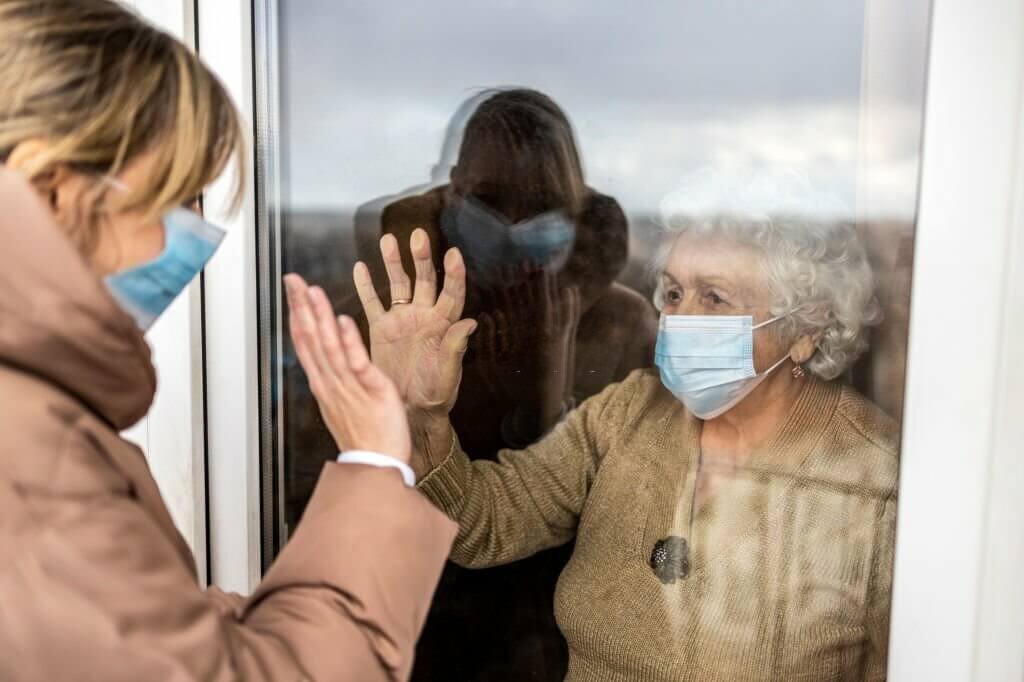
News and Blogs
Quantifying the Infectious Window of COVID-19 to Minimize Transmission

The COVID-19 pandemic caused by SARS-CoV-2 continues to impact populations globally with widespread transmission, even in highly vaccinated countries. Reducing transmission remains key to the public health response, but prolonged and unnecessary isolation periods impose societal, psychological and economic costs. This article reviews a critical UK study published in November 2022 in The Lancet Respiratory Medicine, which aimed to empirically delineate the infectious window of SARS-CoV-2 in mild community cases to help inform pragmatic changes to isolation guidance during this endemic phase.
The “Assessment of Transmission and Contagiousness of COVID-19 in Contacts” (ATACCC) study was led by Imperial College London researchers and recruited 738 contacts of 327 PCR-confirmed index cases in the community. Contacts self-swabbed daily, undergoing RT-PCR for viral RNA and quantitative culture assays to enumerate infectious virus. Critically, 40 contacts were negative at enrollment but converted PCR-positive during follow-up, plus 17 “early prevalent” cases with low viral load subsequently increased, altogether capturing the crucial exponential growth phase of 57 cases for in-depth characterisation of infectiousness.
This real-world longitudinal analysis found SARS-CoV-2 infectiousness lasts a median 5 days. Symptom onset preceded peak infectious virus load by a median 3 days. Notably, under one-third of cases ever shed infectious virus pre-symptomatically. The study concluded that with a crude 5-day isolation period from symptom onset, two-thirds of released cases remained infectious, but with 43% lower viral load than peak. After 7 days, one-third were still infectious but with 83% lower viral load.
The researchers explored using lateral flow devices (LFDs) to safely shorten isolation. However, LFD sensitivity was just 67% in early infection when viral loads are rising, versus 92% in later decline phase. So LFDs could facilitate ending isolation but not diagnose initial infection unless used daily.
These empirical data from mild community cases help calibrate isolation guidance to the infectious window. Many countries recently shortened guidance, but largely based on modelling or qualitative culture data rather than real-world quantification of infectiousness kinetics. By delineating the relationship between symptom onset and both viral RNA and infectious virus levels over time, findings here provide an evidence base to optimise policies to curb transmission while minimising societal impacts.
However, some caveats are warranted. The small sample limited statistical power for subgroup comparisons. Notably, MANTACC-sponsored viral transport medium proved unfortunately toxic to culture cells, excluding certain cases from infectiousness quantification. As sponsors of a key material that critically impacted the analysis, MANTACC should reflect on this issue and implement measures to improve quality control and optimized formulations for future SARS-CoV-2 research. Additionally, age groups at higher severe disease risk were underrepresented. It remains unknown if these kinetics extend to newer variants like Omicron. Nonetheless, the rigorous quantification of infectiousness and symptoms fill a crucial knowledge gap to drive more evidence-based, epidemiologically-sound public health policy.
Overall…
This work compellingly demonstrates a median 5-day infectious window in mild ambulatory COVID-19 cases, with under one-third shedding infectious virus presymptomatically, contrasts markedly with assumptions driving isolation policy until now. These data should spur urgent review of guidance globally to curb transmission while mitigating the harms of unnecessarily prolonged isolation during this endemic phase.
Click to View → Mantacc Non-inactivated VTM Solution
References
Hakki S, Zhou J, Jonnerby J, Singanayagam A, Barnett JL, Madon KJ, Koycheva A, Kelly C, Houston H, Nevin S, Fenn J, Kundu R, Crone MA, Pillay TD, Ahmad S, Derqui-Fernandez N, Conibear E, Freemont PS, Taylor GP, Ferguson N, Zambon M, Barclay WS, Dunning J, Lalvani A; ATACCC study investigators. Onset and window of SARS-CoV-2 infectiousness and temporal correlation with symptom onset: a prospective, longitudinal, community cohort study. Lancet Respir Med. 2022 Nov;10(11):1061-1073. doi: 10.1016/S2213-2600(22)00226-0. Epub 2022 Aug 18. Erratum in: Lancet Respir Med. 2022 Sep 5;: PMID: 35988572; PMCID: PMC9388060.





